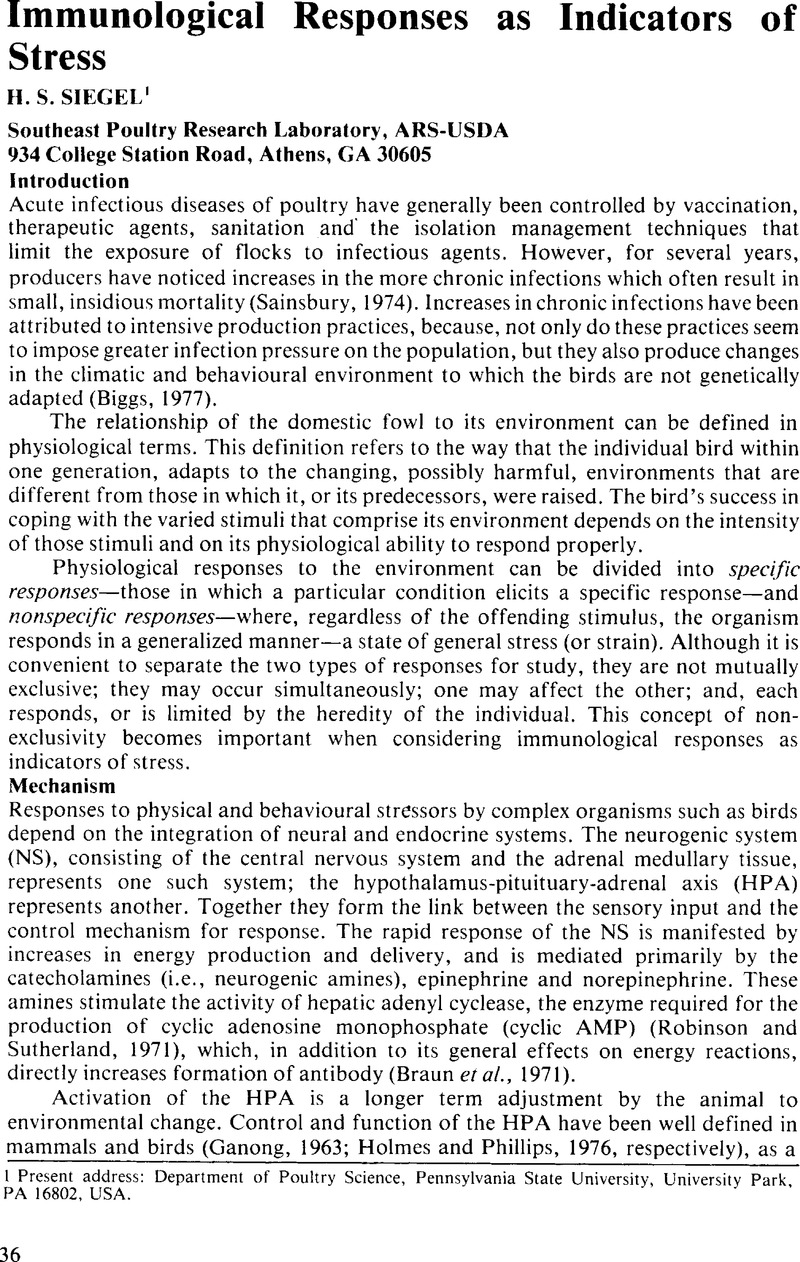Crossref Citations
This article has been cited by the following publications. This list is generated based on data provided by Crossref.
MATTSON, WILLIAM J.
and
HAACK, ROBERT A.
1987.
Insect Outbreaks.
p.
365.
Verhagen, J. M. F.
Slijkhuis, A.
and
van der Hel, W.
1987.
Acclicmation of young‐growing pigs to fluctuating temperature and draught.
Journal of Animal Physiology and Animal Nutrition,
Vol. 58,
Issue. 1-5,
p.
229.
Verhagen, J.M.F
Groen, A
Jacobs, J
and
Boon, J.H
1987.
The effect of different climatic environment on metabolism and its relation to time of Haemophilus pleuropneumoniae infection in pigs.
Livestock Production Science,
Vol. 17,
Issue. ,
p.
365.
Fraser, David
and
Rushen, Jeffrey
1987.
Aggressive Behavior.
Veterinary Clinics of North America: Food Animal Practice,
Vol. 3,
Issue. 2,
p.
285.
Verhagen, J.M.F.
Michels, J.J.M.
and
Schouten, W.G.P.
1988.
The relation between body temperature, metabolic rate and climatic environment in young-growing pigs.
Journal of Thermal Biology,
Vol. 13,
Issue. 1,
p.
1.
Jones, R.Bryan
Beuving, Gerard
and
Blokhuis, Harry J.
1988.
Tonic immobility and heterophil/lymphocyte responses of the domestic fowl to corticosterone infusion.
Physiology & Behavior,
Vol. 42,
Issue. 3,
p.
249.
Jones, R.Bryan
1989.
Chronic stressors, tonic immobility and leucocytic responses in the domestic fowl.
Physiology & Behavior,
Vol. 46,
Issue. 3,
p.
439.
Beuving, G.
Jones, R. B.
and
Blokhuis, H. J.
1989.
Adrenocortical and heterophil/lymphocyte responses to challenge in hens showing short or long tonic immobility reactions.
British Poultry Science,
Vol. 30,
Issue. 1,
p.
175.
GRAY, H.G.
PARADIS, T.J.
and
CHANG, P.W.
1989.
Research Note: Physiological Effects of Adrenocorticotropic Hormone and Hydrocortisone in Laying Hens.
Poultry Science,
Vol. 68,
Issue. 12,
p.
1710.
BLECHA, FRANK
and
CHARLEY, BERNARD
1990.
Immunomodulation in Domestic Food Animals.
Vol. 35,
Issue. ,
p.
3.
Reece, R.L.
and
Frazier, Judith A.
1990.
Infectious stunting syndrome of chickens in Great Britain: Field and experimental studies.
Avian Pathology,
Vol. 19,
Issue. 4,
p.
723.
ROTH, JAMES A.
and
FLAMING, KEVAN P.
1990.
Immunomodulation in Domestic Food Animals.
Vol. 35,
Issue. ,
p.
21.
Spinu, M.
and
Degen, A. A.
1993.
Effect of cold stress on performance and immune responses of Bedouin and white leghorn hens.
British Poultry Science,
Vol. 34,
Issue. 1,
p.
177.
Mills, Andrew D.
Jones, R.Bryan
Faure, Jean-Michel
and
Williams, John B.
1993.
Responses to isolation in Japanese quail genetically selected for high or low sociality.
Physiology & Behavior,
Vol. 53,
Issue. 1,
p.
183.
Spinu, M.
Degen, A. A.
and
Rosenstrauch, A.
1993.
Effect of warm drinking water on the performance and immunological responses of broiler breeder hens raised at low air temperatures.
British Poultry Science,
Vol. 34,
Issue. 2,
p.
361.
Rosales, A. Gregorio
1994.
Managing Stress in Broiler Breeders: A Review.
Journal of Applied Poultry Research,
Vol. 3,
Issue. 2,
p.
199.
Zulkifli, I.
and
Siegel, P. B.
1994.
Heterophil to lymphocyte ratios during perinatal and neonatal stages in chickens.
British Poultry Science,
Vol. 35,
Issue. 2,
p.
309.
ZUIDHOF, M.J.
ROBINSON, F.E.
FEDDES, J.J.R.
HARDIN, R.T.
WILSON, J.L.
MCKAY, R.I.
and
NEWCOMBE, M.
1995.
The Effects of Nutrient Dilution on the Well-Being and Performance of Female Broiler Breeders.
Poultry Science,
Vol. 74,
Issue. 3,
p.
441.
Siegel, H. S.
1995.
Stress, strains and resistance1.
British Poultry Science,
Vol. 36,
Issue. 1,
p.
3.
Nir, I.
Nitsan, Z.
Dunnington, E.A.
and
Siegel, P.B.
1996.
Aspects of food intake restriction in young domestic fowl: metabolic and genetic considerations.
World's Poultry Science Journal,
Vol. 52,
Issue. 3,
p.
251.



